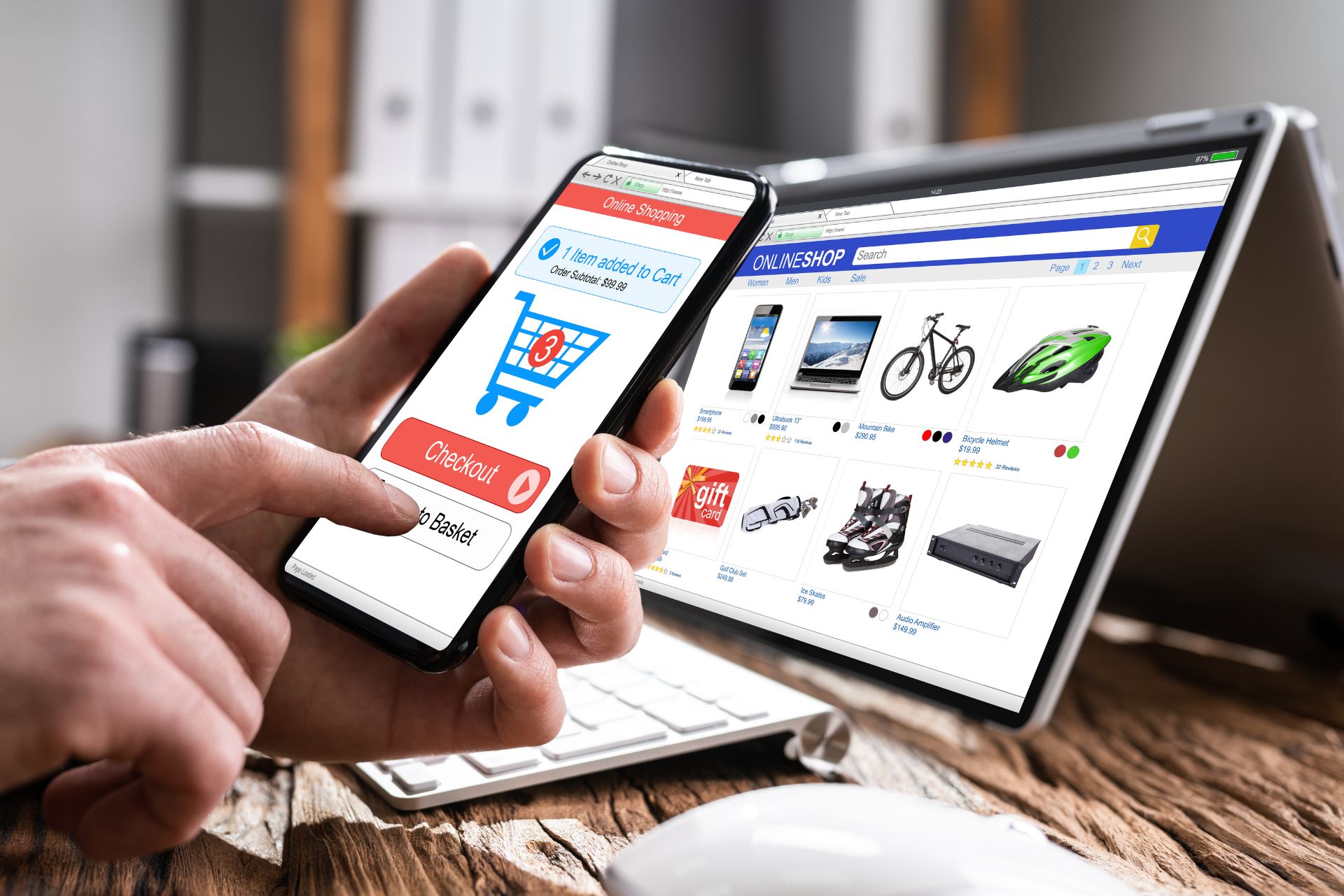
Ecommerce is a booming industry that offers many opportunities for businesses to sell their products and services online. However, not all ecommerce websites are the same. There are different types of ecommerce websites that cater to different needs, goals, and preferences of both sellers and buyers. In this article, we will explore the main types of ecommerce platforms and how to choose one for your ecommerce website.
What is an ecommerce website?
An ecommerce website is a website that allows you to buy and sell products or services online. It usually has features such as a product catalogue, shopping cart, checkout, payment gateway, order management, and customer service. An ecommerce website can also have other functionalities such as reviews, ratings, recommendations, loyalty programs, coupons, discounts, and more.
An ecommerce website can be built from scratch using coding languages such as HTML, CSS, JavaScript, PHP, and others. Alternatively, it can be created using an ecommerce platform or a website builder that provides ready-made templates, themes, plugins, and tools for building and managing an online store.
In order to be widely accessible, e-commerce websites need to have a responsive design, meaning that they should appear on devices such as desktops, tablets and mobile phones.
Types of ecommerce websites
There are many ways to classify ecommerce websites based on different criteria such as business model, revenue model, website type, and more. Here are some of the most common types of ecommerce websites:
Business model
The business model refers to who is selling to whom in an ecommerce transaction. There are four main types of business models:
- Business-to-business (B2B): This is when a business sells products or services to another business. For example, a manufacturer selling raw materials to a wholesaler, or a software company selling licenses to a corporation.
- Business-to-consumer (B2C): This is when a business sells products or services to individual consumers. For example, an online retailer selling clothes to customers, or a travel agency selling flights and hotels to travellers.
- Consumer-to-consumer (C2C): This is when an individual consumer sells products or services to another individual consumer. For example, a person selling their used items on eBay or Craigslist, or a freelancer offering their skills on Fiverr or Upwork.
- Consumer-to-business (C2B): This is when an individual consumer sells products or services to a business. For example, a blogger selling advertising space to a brand, or a photographer selling their photos to a stock image site.
Revenue model
The revenue model refers to how an ecommerce website makes money from its transactions. There are several types of revenue models:
- Dropshipping: Acts as a middleman between the customer and the supplier. The website does not own or stock the products it sells; instead, it transfers the orders and shipment details to the supplier who fulfills them. The website earns a commission or markup from each sale.
- Subscription: Charges customers a recurring fee to access its products or services. The fee can be charged monthly, quarterly, annually, or based on usage. The website provides value by offering convenience, savings, personalization, or exclusivity.
- Membership: Charges customers a one-time or recurring fee to join its community or club. The website provides value by offering discounts, rewards, perks, access to premium content or features, or social interaction.
- Advertising: Displays ads from third-party advertisers on its pages. The website earns money based on the number of impressions or clicks on the ads.
- Affiliate: Promotes products or services from other websites or businesses and earns a commission for each referral or sale. The website provides value by offering relevant recommendations, reviews, comparisons, or guides.
Website type
The website type refers to the design and functionality of an ecommerce website. There are many types of ecommerce websites based on the products or services they offer, the industry they belong to, the audience they target, and more. Here are some examples of website types:
- Single-product: Sells only one product or service. The website focuses on highlighting the features, benefits, and value propositions of the product or service and persuading customers to buy it.
- Multi-product: Sells multiple products or services within one category or niche. The website organizes its products into subcategories and allows customers to browse, filter, sort, and compare them.
- Marketplace: Acts as a platform that connects sellers and buyers of various products or services. The website facilitates the transactions between them and charges a fee for each sale.
- Auction: Allows sellers and buyers to bid on products or services. The website sets the rules and conditions for the bidding process and charges a fee for each transaction.
- Flash sale: Offers limited-time deals on products or services at discounted prices. The website creates urgency and scarcity by displaying countdown timers, stock levels, and social proof.
How to choose the best type of ecommerce website for your business
There is no one-size-fits-all answer to this question. The best type of ecommerce website for your business depends on various factors such as your products or services, your target market, your goals, your budget, your resources, and your preferences. However, here are some general tips to help you make an informed decision:
- Research your competitors: Analyze the types of websites that your competitors use and identify their strengths and weaknesses. Learn from their best practices and avoid their mistakes.
- Know your customers: Understand the needs, wants, preferences, and behaviours of your target customers. Find out what they are looking for, how they shop online, what they value, and what they expect from an ecommerce website.
- Define your value proposition: Determine what makes your products or services unique, desirable, and valuable to your customers. Craft a clear and compelling message that communicates how you can solve their problems or fulfill their desires.
- Choose a platform or builder: Decide whether you want to build your website from scratch or use an existing platform or builder. Compare the features, benefits, costs, and limitations of different options and choose the one that suits your needs and goals.
- Test and optimize: Launch your website and monitor its performance. Collect feedback from your customers and analyze the data from your analytics tools. Identify the areas that need improvement and make changes accordingly.
Final Words
An ecommerce website is a powerful tool that can help you reach more customers, increase your sales, and grow your business. However, not all ecommerce websites are the same. You need to choose the right type of ecommerce website that matches your business model, revenue model, website type, and other factors.
If you need help with creating or improving your ecommerce website, you can contact TetrixDigital for professional website development services. TetrixDigital is a team of experts who can design and build a custom ecommerce website that meets your needs and exceeds your expectations. Whether you want a single-product, multi-product, marketplace, auction, flash sale, or any other type of ecommerce website, TetrixDigital can make it happen.
Contact TetrixDigital today and get a free quote for your ecommerce project.







